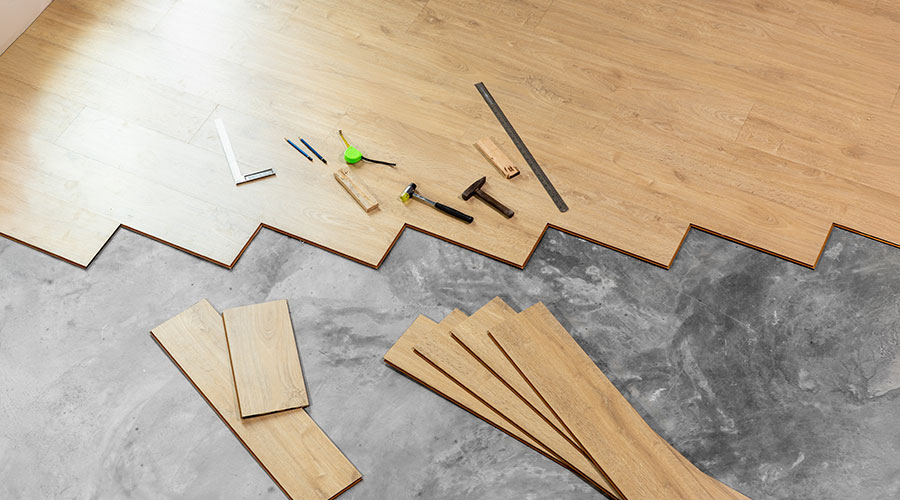Good Installation Key to Successful Flooring Project
When new floor coverings are to be installed, a lot of attention typically goes into product selection. But once the spec has been developed, there's a risk that the facility manager will move on to other matters. That's a mistake. Proper installation is essential if the carefully selected floor covering is to perform as anticipated.
A range of factors can cause installation problems. It's essential that every detail is covered and that up-to-date information makes it into the spec or requirements, by someone familiar with what should be there. Information contained in the spec should not just be cut and pasted. If the project is aiming for LEED certification, the factors that qualify the project may compromise the integrity of the flooring material and installation.
With all of those factors to consider, where should the facility manager start? The air conditioning of the space is first thing to pay attention to. If the space is comfortable for people, it's conditioned properly to install the flooring. This means the space is closed in, the HVAC system is operational and temperature and humidity levels are controlled.
Problems Below the Surface
The substrate must be appropriate for the installation of the flooring. All concrete substrates, regardless of age, must be tested for moisture, alkalinity and porosity. Both the calcium chloride test and relative humidity test should be employed for moisture testing. Testing should be conducted by an independent ICRI (International Concrete Repair Institute) firm and not by the flooring contractor, the general contractor or engineering firm.
Moisture in concrete is a huge issue, responsible for hundreds of millions of dollars annually in failed flooring installations, but this is only the tip of the iceberg. Topical applications and additives to new concrete, meant to suppress moisture, aid in curing of the concrete, or prevent bacterial growth, often work against the installation of the flooring material. Removing or mitigating those additives is a costly undertaking.
There are other issues. More fly ash is being used in new concrete, which will also compromise flooring installation. Another problem is highly burnished concrete. With substrates like these, it may be necessary to employ bead blasting or grinding to prepare the concrete, apply a moisture-reduction or sealing system, and add a new cementitious surface. These costs can range upward of $10 per square foot.
If carpet was installed before and the new flooring has a non-permeable backing, as sheet vinyl does, moisture issues could manifest themselves even if the space never had a problem. If old flooring is removed it must be done without the use of solvents, which can compromise the installation of the new flooring material. Solvents include anything used to remove old asbestos-based flooring material.
The substrate must also be clean, dry, and free of any contaminants. Cutback, a black asphaltic adhesive that may contain asbestos, also has to be removed or capped with the appropriate topical treatment.
Related Topics:












